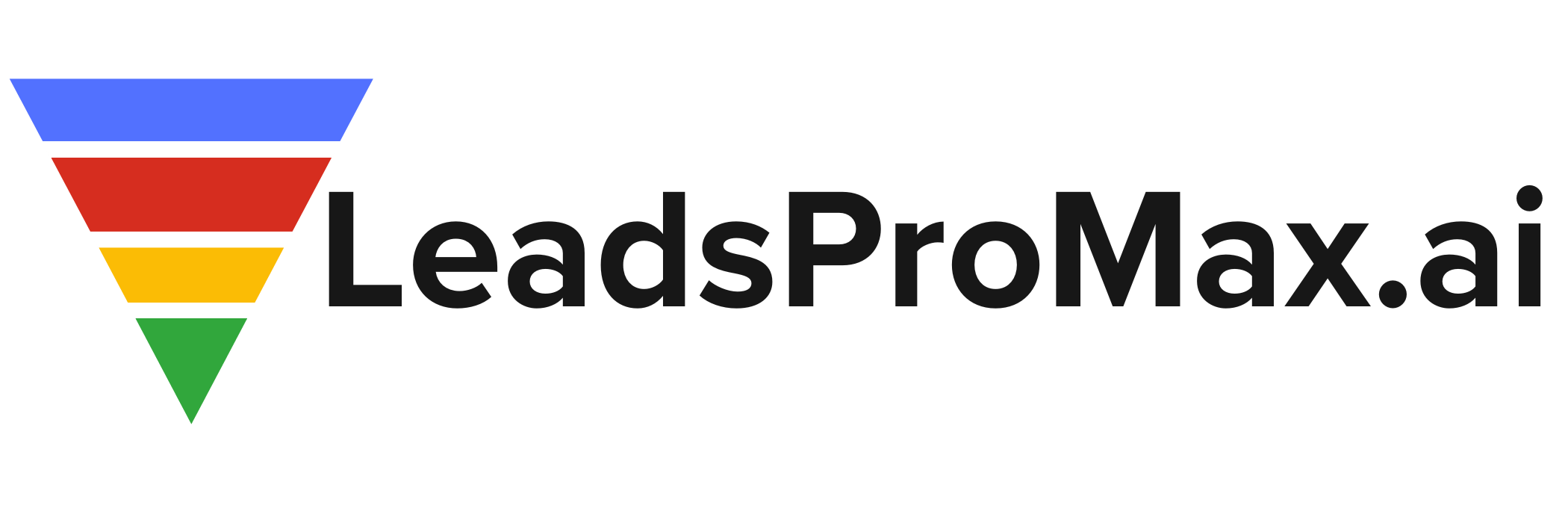Transforming Demand Planning with Predictive Analytics: 4 Key Steps
In today’s fast-paced business environment, companies are constantly seeking ways to optimize their supply chain operations and stay ahead of the competition. One of the most promising approaches to achieving this goal is through the implementation of predictive analytics in demand planning. By leveraging historical data, market signals, and advanced algorithms, businesses can create more accurate demand forecasts, leading to improved inventory management, reduced costs, and enhanced supply chain resilience.
Step 1: Understanding Current Demand Planning Processes
The first step in implementing predictive analytics in demand planning is to gain a thorough understanding of your current processes. This involves analyzing existing workflows, data sources, and challenges to identify areas where predictive analytics can add value. Start by reviewing historical sales data, market conditions, and supply chain variables to gain insights into past performance and potential areas for improvement.
It’s essential to engage with key stakeholders across various departments, such as sales, marketing, and operations, to gather their input and perspectives on the current demand planning process. This collaborative approach will help you identify pain points, bottlenecks, and opportunities for optimization.
Step 2: Establishing Predictive Analytics Goals
Once you have a clear understanding of your current demand planning processes, the next step is to define specific objectives for your predictive analytics initiative. These goals should align with your overall business priorities, such as improving customer demand fulfillment, reducing costs, or minimizing waste.
Some common goals for implementing predictive analytics in demand planning include:
– **Optimizing stock levels**: By accurately forecasting demand, you can maintain optimal inventory levels, ensuring that you have the right products in the right quantities at the right time.
– **Reducing waste**: Predictive analytics can help you identify slow-moving or obsolete inventory, allowing you to take proactive measures to minimize waste and associated costs.
– **Improving forecast accuracy**: By leveraging machine learning algorithms and real-time data, predictive analytics can significantly enhance the accuracy of your demand forecasts, enabling better decision-making and resource allocation.
Step 3: Ensuring Data Quality
The success of your predictive analytics initiative heavily relies on the quality of your data. To ensure accurate and reliable demand forecasts, it’s crucial to cleanse and organize your historical sales data, seasonal trends, promotional activities, and inventory records.
Start by conducting a thorough data audit to identify any gaps, inconsistencies, or errors in your existing datasets. Develop a data governance framework that establishes clear guidelines for data collection, storage, and maintenance. This will help ensure that your predictive models are built on a solid foundation of accurate and up-to-date information.
Consider investing in data integration tools that can seamlessly connect various data sources, such as your ERP, CRM, and supply chain management systems. By centralizing your data and creating a single source of truth, you can streamline your predictive analytics efforts and improve the accuracy of your demand forecasts.
Step 4: Choosing Appropriate Tools
The final step in implementing predictive analytics in demand planning is selecting the right tools and technologies to support your initiative. When evaluating potential solutions, look for predictive analytics software that seamlessly integrates with your existing systems, such as your supply chain management (SCM) or enterprise resource planning (ERP) platforms.
Some key features to consider when choosing predictive analytics tools include:
– **Real-time data analysis**: The ability to process and analyze data in real-time is essential for generating accurate and timely demand forecasts. Look for tools that can handle large volumes of data and provide near-instant insights.
– **Scenario modeling**: Predictive analytics software should allow you to create and test various scenarios, enabling you to assess the potential impact of different demand patterns, supply chain disruptions, or marketing campaigns on your inventory levels and overall performance.
– **User-friendly interface**: Choose tools with intuitive interfaces that enable users across various departments to easily access and interpret the insights generated by your predictive models. This will foster collaboration and data-driven decision-making throughout your organization.
Embracing the Future of Demand Planning
Implementing predictive analytics in demand planning is a transformative step towards optimizing your supply chain operations and driving business growth. By following these four key steps – understanding current processes, establishing clear goals, ensuring data quality, and choosing the right tools – you can harness the power of predictive analytics to create more accurate demand forecasts, minimize costs, and improve customer satisfaction.
As the business landscape continues to evolve, companies that embrace predictive analytics will be well-positioned to navigate challenges, seize opportunities, and stay ahead of the competition. By investing in this innovative approach to demand planning, you can build a more resilient, efficient, and profitable supply chain that delivers value to your customers and stakeholders alike.
#PredictiveAnalytics #DemandPlanning #SupplyChainOptimization #InventoryManagement
-> Original article and inspiration provided by Search ERP
-> Connect with one of our AI Strategists today at ReviewAgent.ai

